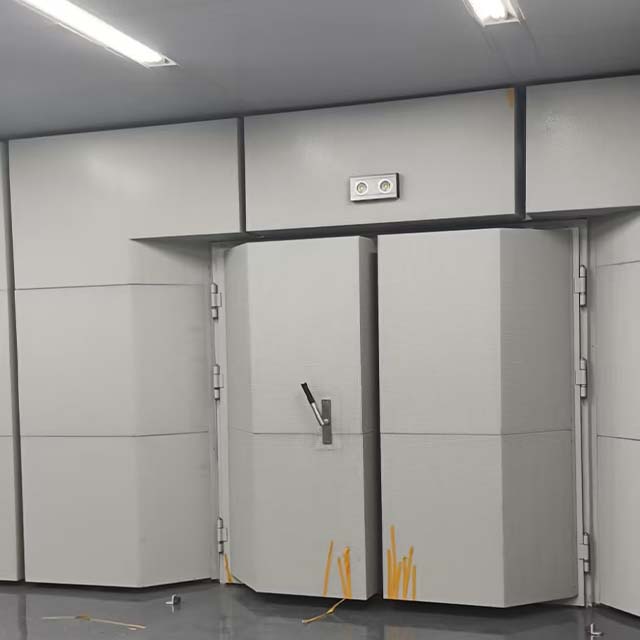1. Sound field design
The acoustic laboratory is an artificial sound field. The sound source can be effectively absorbed after it is transmitted, forming an extremely quiet environment, usually below 40-15 decibels, so quiet that you can clearly hear your heartbeat. The sound field of the acoustic laboratory is achieved by installing sound-absorbing wedges. The sound-absorbing wedges need to be environmentally friendly, non-hygroscopic, hydrophobic, uniform in density, with small discreteness of sound absorption performance, and fireproof.
2. Overall vibration isolation and sound absorption
The main purpose of the acoustic laboratory is to ensure that the internal environment is particularly quiet, so the overall sound insulation and vibration isolation effect must be handled well. The ground vibration isolation, wall sound insulation, ceiling sound insulation, main frame structure, sound insulation doors and windows, and the overall layout of the space must be well designed, and suitable sound insulation and sound absorption materials must be selected for customized design to achieve a certain amount of sound insulation.
3. Ventilation system
Considering the ventilation problem in the acoustic laboratory, the ventilation system must be designed to prevent the sound from entering the room from the ventilation point. In most cases, it is achieved by installing low-noise air conditioners.
4. Lighting and circuit system
The acoustic laboratory requires lighting, closed-circuit monitoring, power supply, etc., so when wiring, special attention should be paid to the use of sealing materials with good sealing performance for the wire holes when the signal lines and power lines are introduced from the outside into the acoustic laboratory to ensure that the sound is transmitted from the wire holes, resulting in a decrease in the sound insulation of the wall.
The above are the general precautions for the design of the acoustic laboratory. The design of the acoustic laboratory should be comprehensively considered and designed based on environmental noise, the background noise to be achieved, the internal and external dimensions, the cutoff frequency and other factors.

